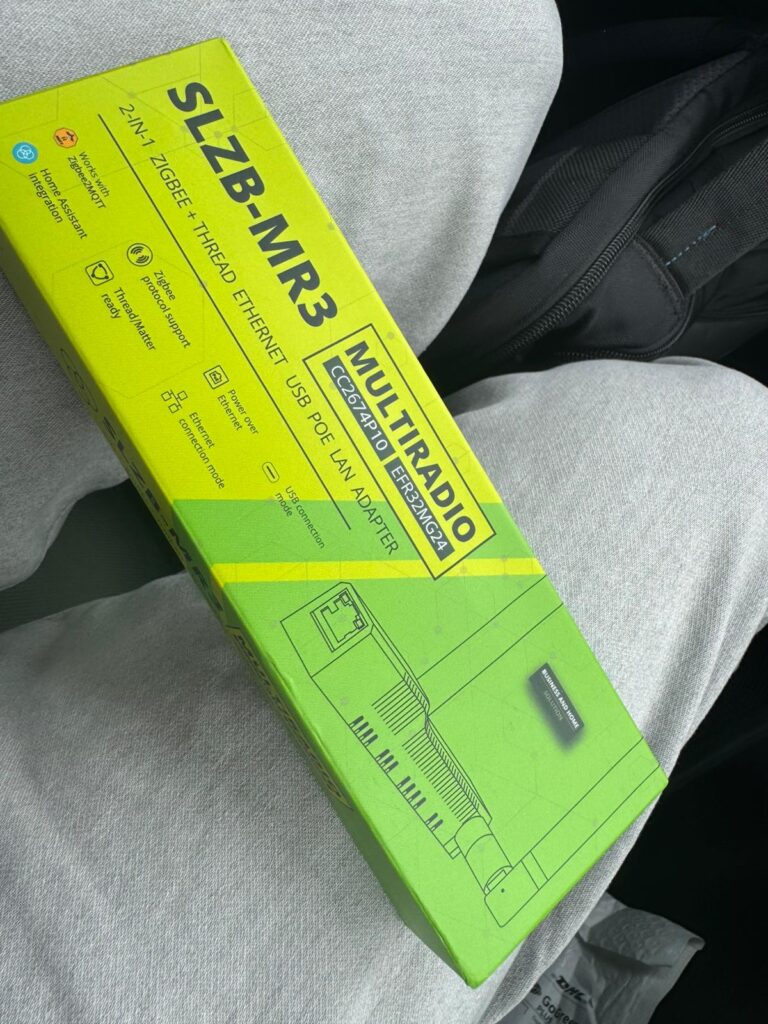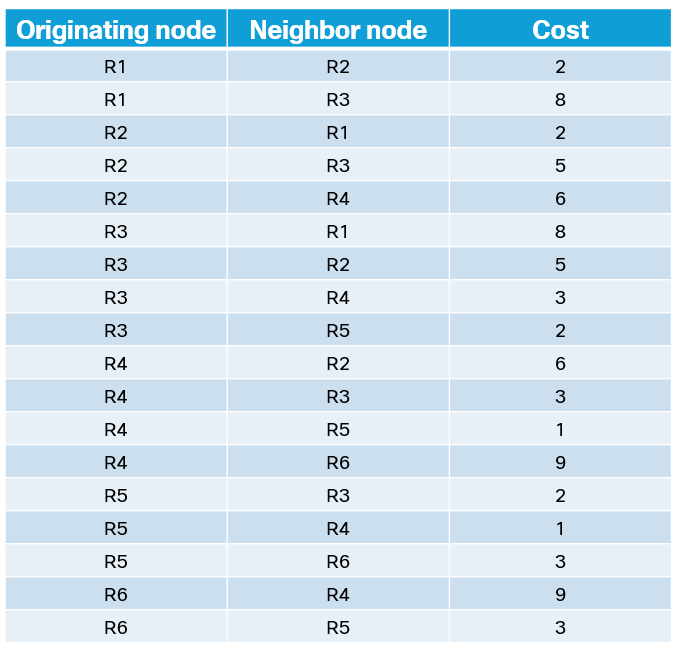Cisco Live in sunny (foggy?) San Diego was a memorable one for me. Yes, AI was all the rage, but this was the first year I could call myself a Cisco Press author! In this post we will dive into my experience while attending the conference, everything from human networking to the new networking product/tech announcements from Cisco. Let’s dive in!
Announcements
As you can imagine, AI was all the hype at Cisco Live this year. Let’s start with some of the announcements I found most interesting that were made during the conference’s keynote.
Network Hardware Refreshes
Being a network engineer at heart, I still get a little giddy about new hardware announcements. This year, we saw one of the biggest refreshes by Cisco in a long time. New firewalls, switches, a new router, and new wireless access points (AP) were announced:
- Firewalls: Cisco Secure Firewall 6100 Series and Cisco Secure Firewall 200 Series
- Switches: Cisco C9350 Fixed Access Smart Switch and Cisco C9610 Modular Core Smart Switch
- Industrial Switches (too many to list – 19 new in total): Industrial Switches
- Router: Cisco 8000 Series Secure Routers
- Access Point: Cisco Wireless 9179F Access Point
The only gripe I had with the hardware announcements was the use of “smart” and “secure” in the product names. As if previous hardware generations weren’t? Firewalls and switches weren’t secure before? Switches weren’t smart? I understand there may be new features that help promote those adjectives, but it seems like product naming is becoming a little too basic. Next year’s hardware announcements better be “more secure” and “smarter”  . Let me know what you think!
. Let me know what you think!
In addition to new hardware, another related theme was about fusing security into all aspects of the network, including using AI to quickly identify and patch software exploits. Live Protect allegedly will allow network admins to quickly patch exploits identified by a CVE without any downtime. I say allegedly because I’m still skeptical how this product/feature will play out in the real-world, whether network teams will trust it and if there’s truly no downtime associated with the patching process. Also, what if the exploit affects a service used for network management, such as SSH or HTTP(S) and the “fix” is to disable the service? What if the service is more crucial to network operations, such as a routing protocol? Like I said, I have some skepticism and lots of questions…
NVIDIA Partnership
Earlier this year, Cisco announced Cisco Secure AI Factory with NVIDIA. At Cisco Live, Cisco announced they have fully integrated their switches with NVIDIA’s Spectrum-X architecture, making them the first non-NVIDIA switch to work with NVIDIA NICs. This partnership allows you to choose your AI architecture, with security at its core. To dive a bit deeper, here are the different components you can choose for your AI datacenter architecture:
- Networking – Cisco Silicon One (Nexus) switches or NVIDIA Spectrum-X
- Compute – Cisco Unified Computing System (UCS) based on NVIDIA HGX and MGX
- Security – Cisco AI Defense (another Cisco Live announcement) and Cisco Hypershield
- Software – NVIDIA AI Enterprise
I’m still trying to get a handle on what the AI datacenter looks like and I’m glad to see NVIDIA, who seemingly has a chokehold on the AI industry, is opening to partner with other vendors such as Cisco.
Somewhat related, Cisco also announced their continued expansion of AI PODs, which are Cisco’s packaged AI solutions that include the necessary hardware and software to run AI workloads. For more information on AI Pods, check out the following AI PODs datasheet.
AI Canvas
I think the post I made on Twitter/X best summarizes my thoughts about Cisco’s announcement about AI Canvas:

AI Canvas was truly a “mic-drop” announcement. With Cisco pushing the message of AgenticOps, where AI begins working for you and helps proactively monitor and troubleshoot your network, AI Canvas provides the platform to consume AgenticOps. I love the approach of using AI in network operations. With the vast amount of data and required correlation for network monitoring and troubleshooting, it makes sense to have AI churning through and constantly making inferences on the data coming in from the network.
My quick summary of AI Canvas is that it provides a LucidChart/Excalidraw-like experience (limitless canvas) for building network dashboards using data/visualizations generated by AI. Cisco has developed their own Deep Network Model, a purpose-built LLM for network operations, used as the base for Cisco’s AgenticOps paradigm. The AI used to query the network in AI Canvas is based on the Deep Network Model. I could go on for a long time about the potential of AI Canvas, but seeing is believing. I encourage you to check out the demo they did on stage during the keynote: AI Canvas Demo.
Here are a couple key features that differentiates AI Canvas:
- Generative user interfaces (UI) – Generate visualizations (graphs, tables, etc.) on-the-fly by AI in a shared context. I’m interested in the “connections/integrations” a user will have to make in order to gather the necessary data. Can AI Canvas only integrate with other Cisco platforms (i.e. Meraki, SD-WAN, Splunk, etc.) or can third-party tools be queried? I guess we will find out.
- “Multiplayer” ability – Allows users to easily jump in to a “canvas” to see what’s been done so far in a data analysis exercise or troubleshooting session. I think this feature will prove to be extremely valuable. In the keynote demo, you can see a user can be invited and immediately see the generated visualizations and an AI summary of what’s been done so far.
Obviously, there’s some skepticism about how this will operate in a production environment, but I’m optimistic and looking forward to its release in October.
Honorable Mention
I’d be remised not to mention this announcement, but Cisco is finally providing a unified experience to Nexus Dashboard and ACI users, so you can now manage your ACI fabric and non-ACI Nexus switches in one dashboard. Check out the unified Nexus Dashboard site for more information.
Human Networking
My favorite part of conferences and industry events is the ability to meet old and new friends. If you haven’t already, I highly encourage anyone reading this blog to join an online community, whether that be support forums, Discord/Slack, LinkedIn, Twitter/X/Bluesky – there are many ways to find one. Years ago when I started my blog, I connected with many others in the industry through The Art of Network Engineering (AONE). I’ll forever be grateful for that community because they not only encouraged me to start my blog, but I also met many people that I still talk to today! If you’re looking for some place to start connecting with others, I encourage you join their Discord: AONE Discord.
Fast forward to this week, I was overwhelmed with the amount of support and compliments I received about the book John Capobianco and I wrote on Cisco pyATS. Some of the support was from the exact same people that have supported my blog for years! Others first discovered who I was through the book, which allowed me to make new connections! Regardless if I’ve known you for years or we just met, I want to thank each and every person that has supported the book. Hearing your stories and the ways that the book has helped you in your network automation journey is the reason we wrote the book! I recently read a Greek proverb that John posted on LinkedIn that summarizes my purpose for writing the book perfectly, “A society grows great when old men plant trees whose shade they know they shall never sit in.”

Wrap Up
My Cisco Live experience this year was one that I’ll remember forever. From the people I met to seeing my name on a book at the Cisco Store, I can’t believe how different my experience was when comparing it to the last time I was in San Diego for my first Cisco Live in 2019. Funny enough, one of the first Cisco Live sessions I ever attended was presented by Siming Yuan about Cisco pyATS. I guess you could say that’s a full circle moment.
For more information on all the announcements from Cisco Live US 2025, check out this recap by Jeetu Patel or the Cisco Newsroom press release. Until next time!






